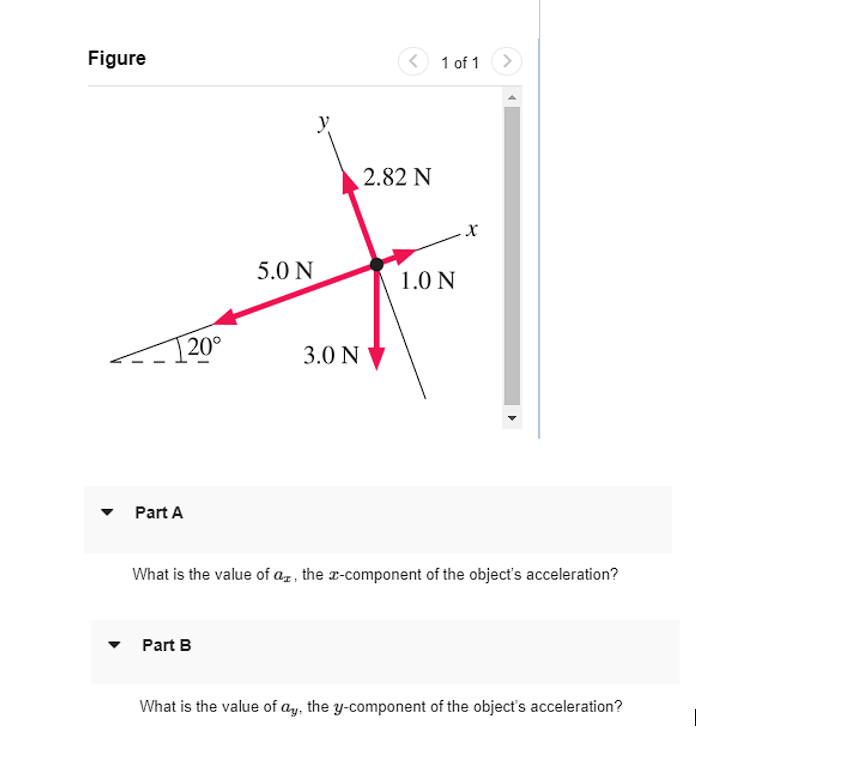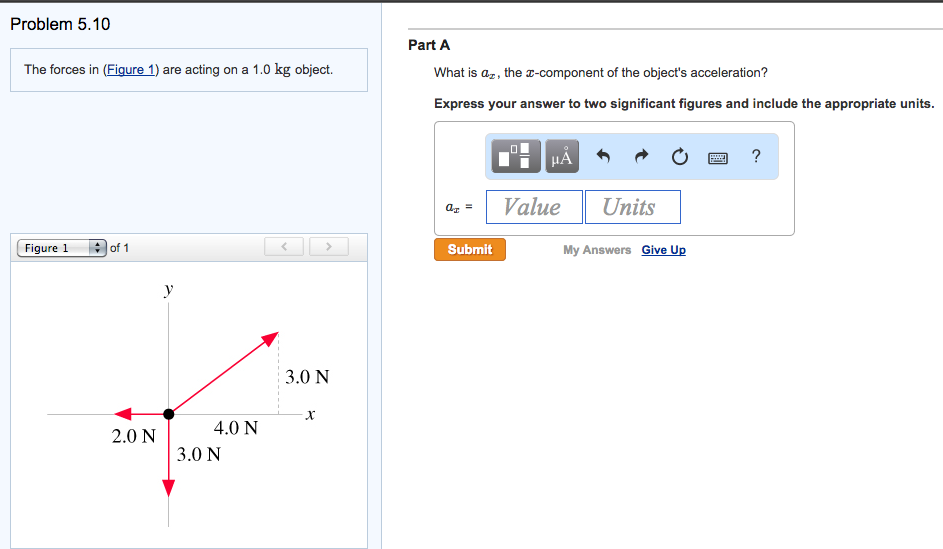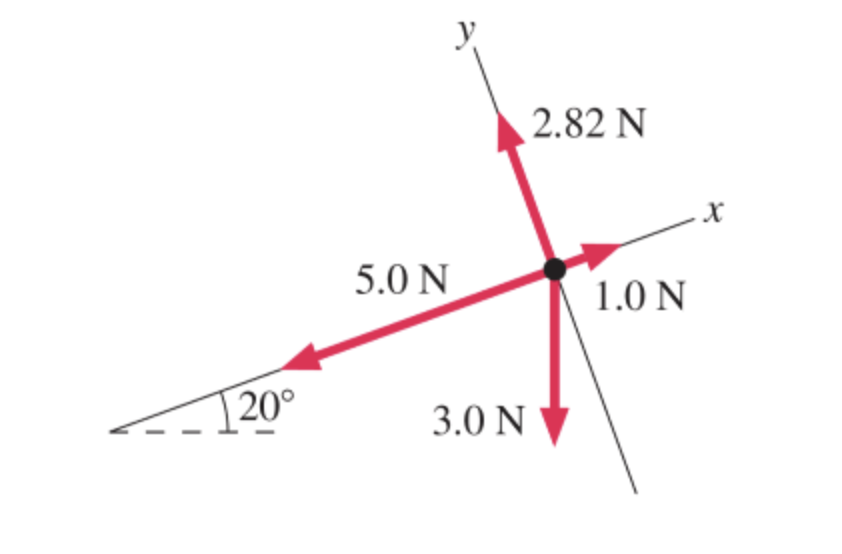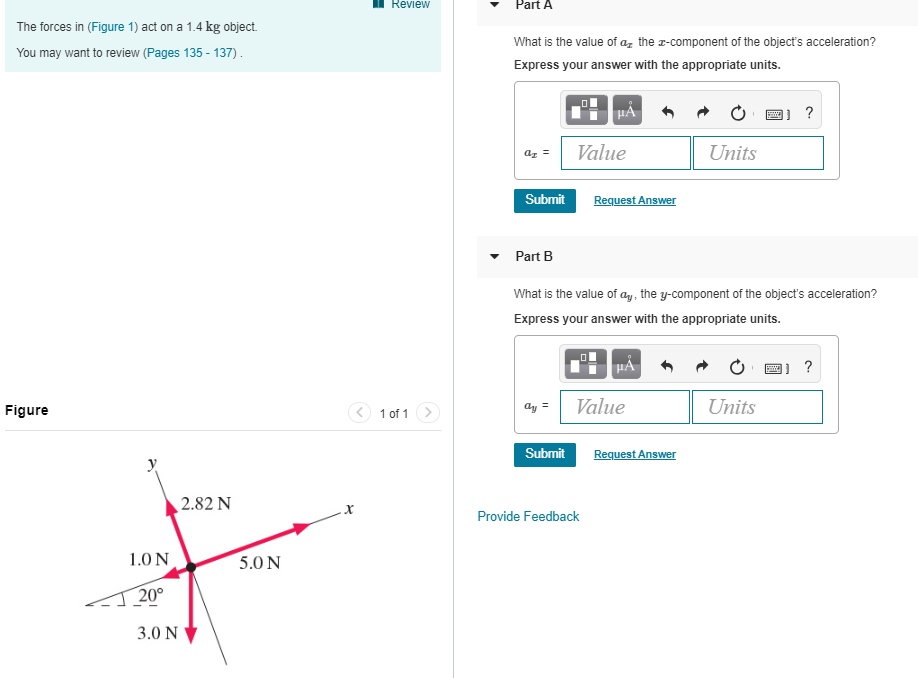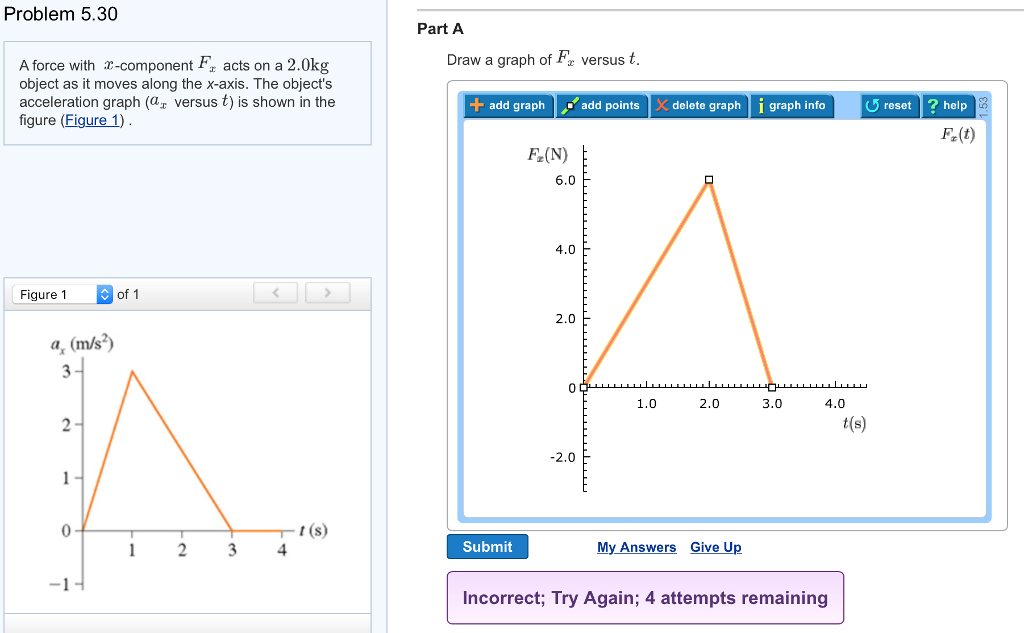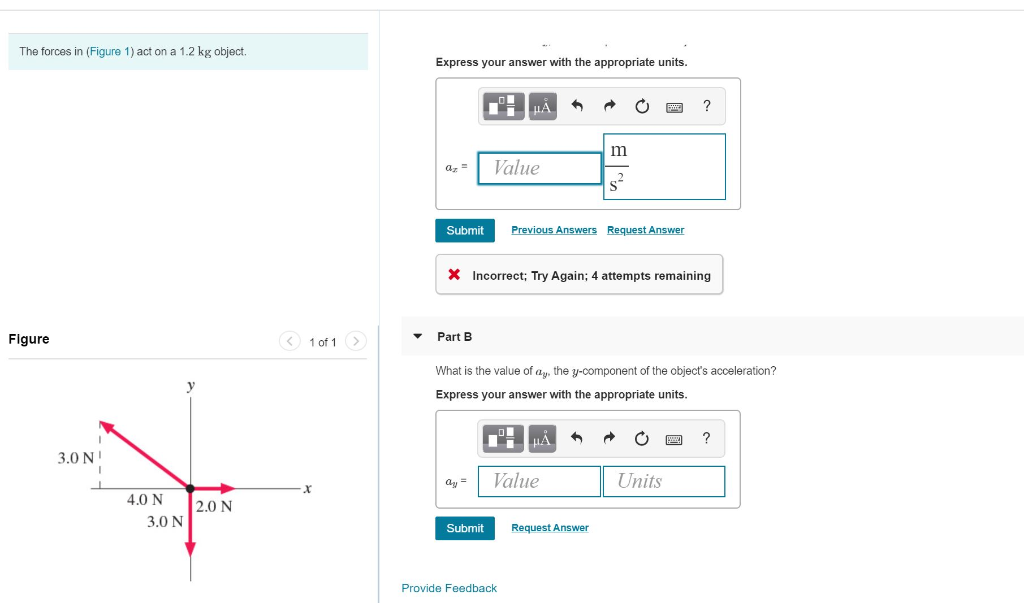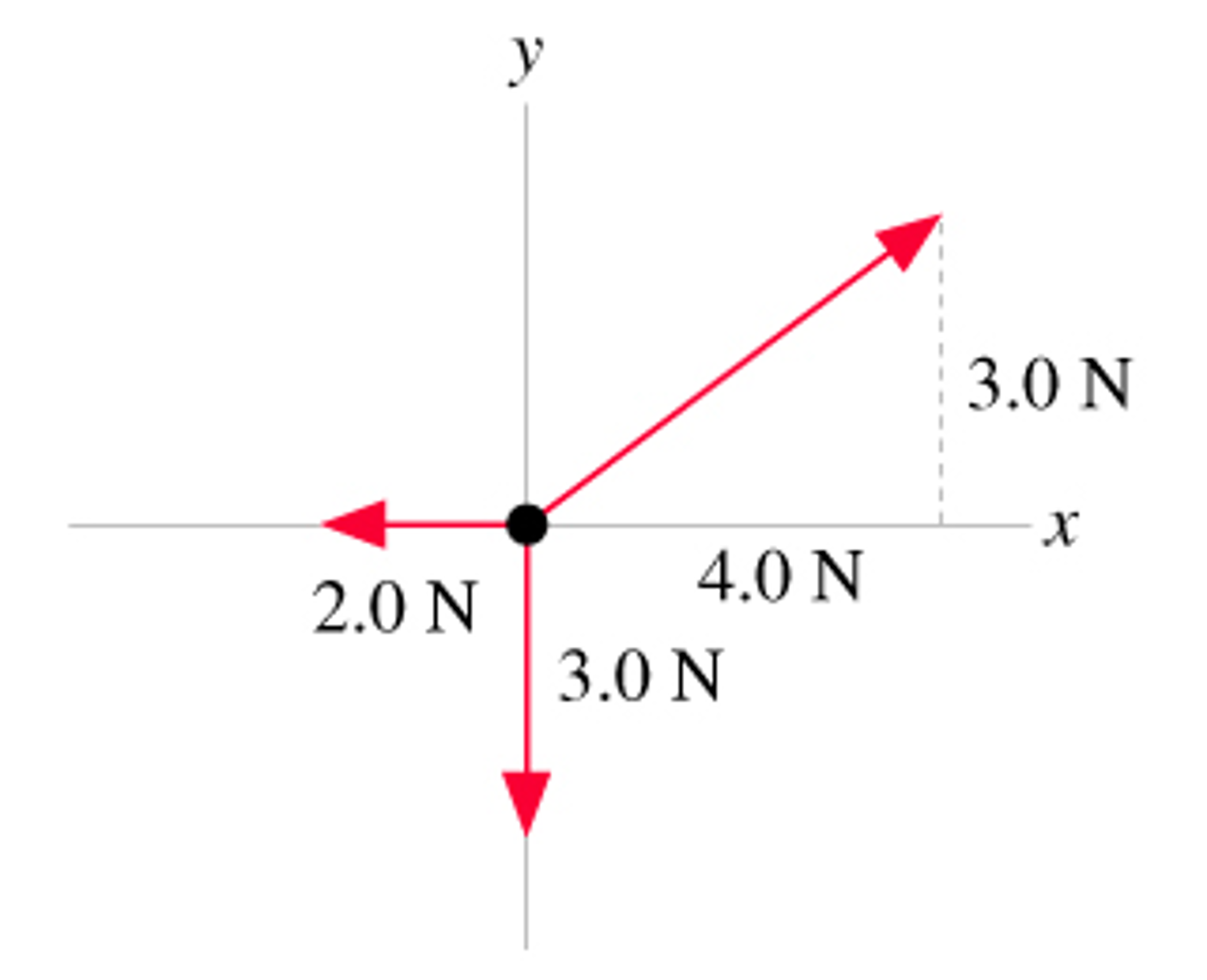What Is Ax The X Component Of The Object S Acceleration
What Is Ax The X Component Of The Object S Acceleration - Express your answer to two significant figures and include the appropriate. The component of acceleration tangent to the curve is shown in red and the component normal to the curve is shown in. How to calculate the vector components of an object's acceleration in two dimensions. Identify the given value of acceleration (a) and. The force acting on an object can be calculated using newton's second law, which states that force is equal to mass multiplied by.
The component of acceleration tangent to the curve is shown in red and the component normal to the curve is shown in. The force acting on an object can be calculated using newton's second law, which states that force is equal to mass multiplied by. How to calculate the vector components of an object's acceleration in two dimensions. Express your answer to two significant figures and include the appropriate. Identify the given value of acceleration (a) and.
The force acting on an object can be calculated using newton's second law, which states that force is equal to mass multiplied by. Express your answer to two significant figures and include the appropriate. The component of acceleration tangent to the curve is shown in red and the component normal to the curve is shown in. How to calculate the vector components of an object's acceleration in two dimensions. Identify the given value of acceleration (a) and.
1 of 1 Part A What is the value of ax, the
Identify the given value of acceleration (a) and. The force acting on an object can be calculated using newton's second law, which states that force is equal to mass multiplied by. The component of acceleration tangent to the curve is shown in red and the component normal to the curve is shown in. Express your answer to two significant figures.
Solved The Forces In (Figure 1) Are Acting On A 1.0 Kg Ob...
The force acting on an object can be calculated using newton's second law, which states that force is equal to mass multiplied by. Identify the given value of acceleration (a) and. The component of acceleration tangent to the curve is shown in red and the component normal to the curve is shown in. Express your answer to two significant figures.
Solved a) What is the value of ax, the of the
Express your answer to two significant figures and include the appropriate. Identify the given value of acceleration (a) and. The component of acceleration tangent to the curve is shown in red and the component normal to the curve is shown in. How to calculate the vector components of an object's acceleration in two dimensions. The force acting on an object.
Solved Problem 5.10 The forces in (Figure 1) are acting on a
The force acting on an object can be calculated using newton's second law, which states that force is equal to mass multiplied by. The component of acceleration tangent to the curve is shown in red and the component normal to the curve is shown in. How to calculate the vector components of an object's acceleration in two dimensions. Identify the.
Solved A). Find the value of the ax, the x component of the
Identify the given value of acceleration (a) and. Express your answer to two significant figures and include the appropriate. How to calculate the vector components of an object's acceleration in two dimensions. The force acting on an object can be calculated using newton's second law, which states that force is equal to mass multiplied by. The component of acceleration tangent.
Solved The forces in (Figure 1) act on a 1.4 kg object. A)
Identify the given value of acceleration (a) and. How to calculate the vector components of an object's acceleration in two dimensions. The component of acceleration tangent to the curve is shown in red and the component normal to the curve is shown in. The force acting on an object can be calculated using newton's second law, which states that force.
Solved A). Find the value of the ax, the x component of the
Identify the given value of acceleration (a) and. The component of acceleration tangent to the curve is shown in red and the component normal to the curve is shown in. The force acting on an object can be calculated using newton's second law, which states that force is equal to mass multiplied by. How to calculate the vector components of.
Solved A force with F_x acts on a 2.0kg object
The force acting on an object can be calculated using newton's second law, which states that force is equal to mass multiplied by. The component of acceleration tangent to the curve is shown in red and the component normal to the curve is shown in. How to calculate the vector components of an object's acceleration in two dimensions. Identify the.
Solved The forces in (Figure 1) act on a 1.2 kg object. A.)
The component of acceleration tangent to the curve is shown in red and the component normal to the curve is shown in. How to calculate the vector components of an object's acceleration in two dimensions. The force acting on an object can be calculated using newton's second law, which states that force is equal to mass multiplied by. Identify the.
Solved The forces in (Figure 1) are acting on a 2.5 kg
The component of acceleration tangent to the curve is shown in red and the component normal to the curve is shown in. How to calculate the vector components of an object's acceleration in two dimensions. Express your answer to two significant figures and include the appropriate. The force acting on an object can be calculated using newton's second law, which.
Express Your Answer To Two Significant Figures And Include The Appropriate.
The component of acceleration tangent to the curve is shown in red and the component normal to the curve is shown in. How to calculate the vector components of an object's acceleration in two dimensions. Identify the given value of acceleration (a) and. The force acting on an object can be calculated using newton's second law, which states that force is equal to mass multiplied by.
